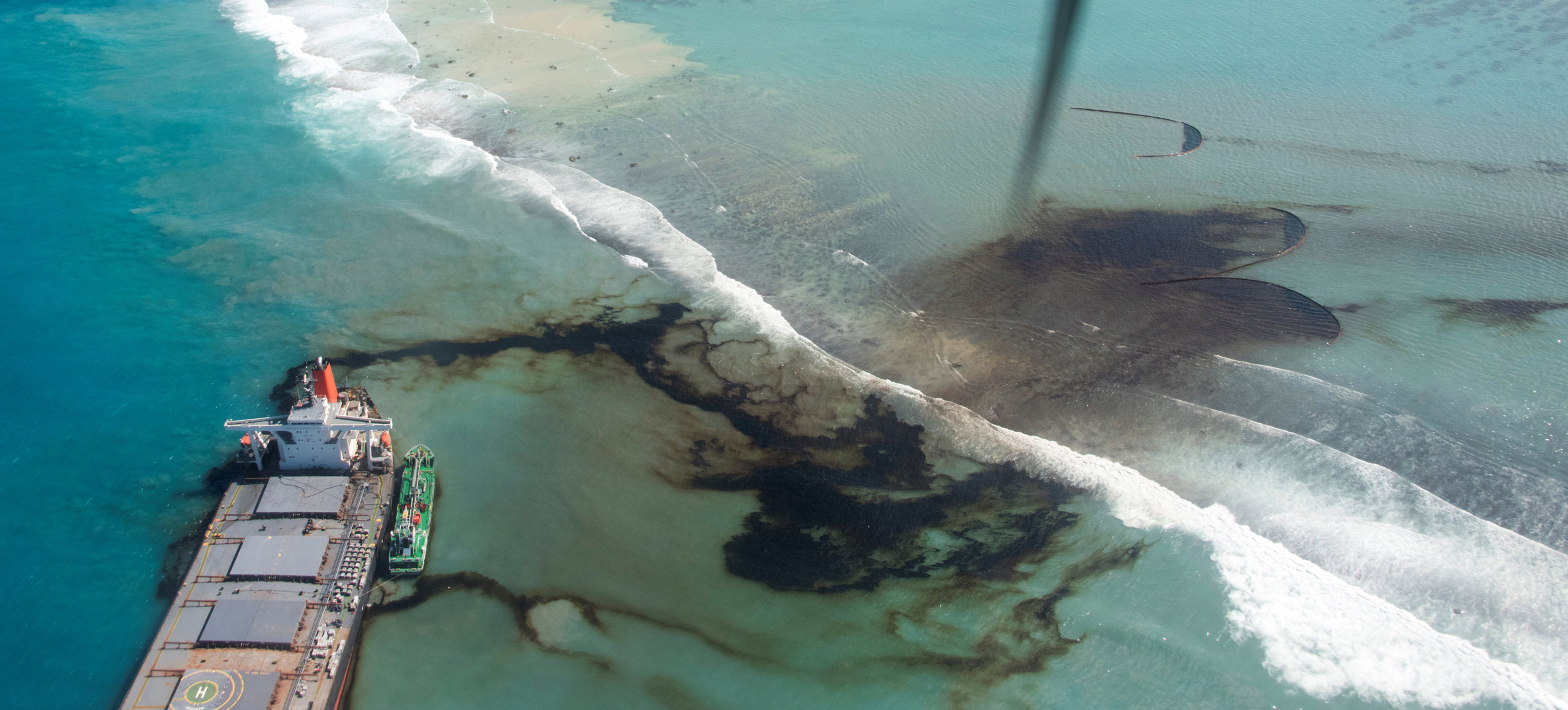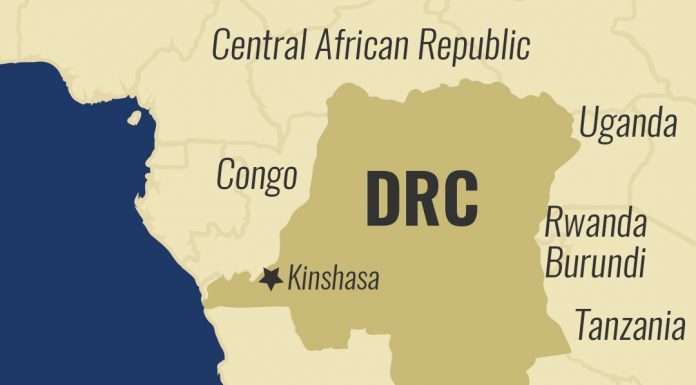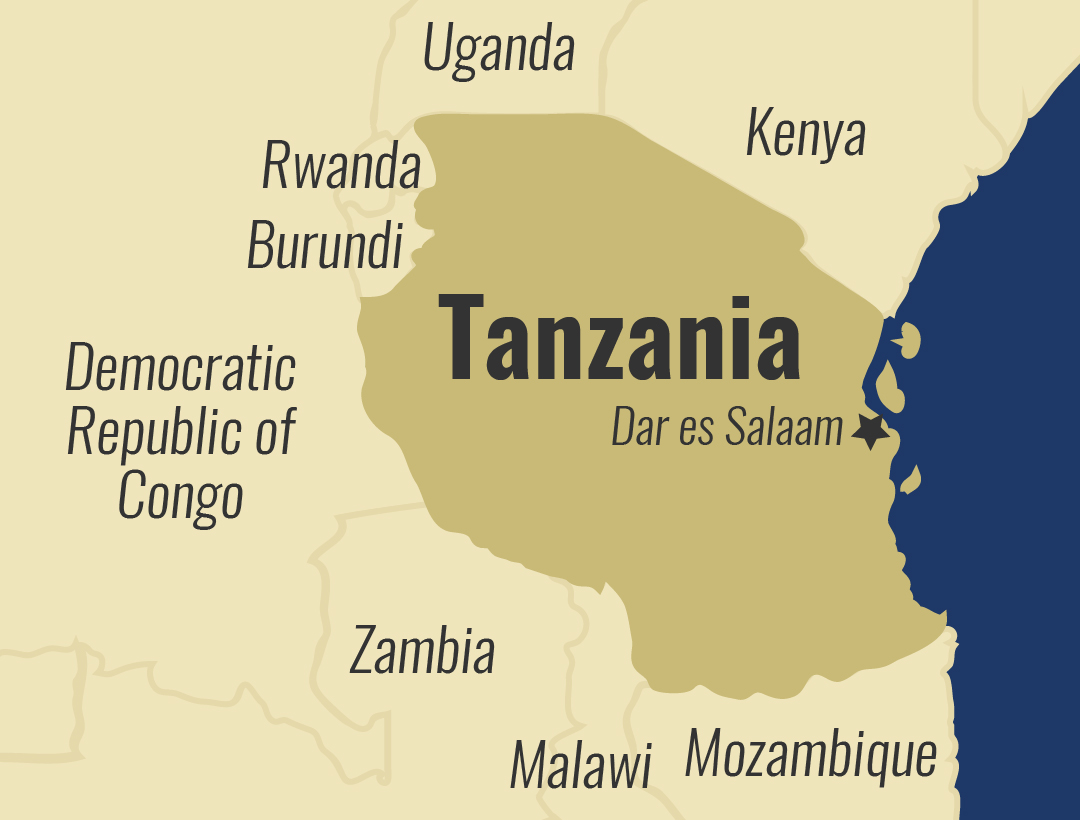
How a Japanese bulk carrier strayed from shipping lanes before disaster struck

The Japanese-owned bulk carrier that ran aground off Mauritius and spilled oil over pristine waters and fragile coral reefs diverted from a regular shipping lane more than 100 kilometres from impact, data from a maritime analysis firm showed.
The MV Wakashio struck a coral reef on Mauritius’s southeast coast on July 25 and later began leaking oil. Two of the ship’s officers have since been arrested on charges of endangering safe navigation.
The iron-ore carrier was using a well-traveled shipping lane that goes past Mauritius when the accident happened, according to maritime analysis firm Windward and shipping sources. It appears to have deviated from that lane about 55 nautical miles (102 km) from Mauritius and headed straight for the Indian Ocean island, the data showed. The data shows the ship’s track during the last few hours of its journey, including a minor turn after crossing into Mauritius’ territorial waters.
“It was on a very bad trajectory,” Omer Primor, Windward’s head of marketing, told Reuters. It was not immediately clear why the ship appeared to deviate from its course. Tracking data for other cargo vessels passing close to Mauritius recently show them all sticking to the shipping lane.
Oil began gushing from the cracked MV Wakashio about a week after it hit the reef. Around 1,000 tonnes of oil were spilled in total.
Emergency crews managed to remove most of the remaining oil onboard before the carrier split in two on Saturday.
Satellite data shows the spilled oil spreading north along the coastline from the spill site in the turquoise waters around Blue Bay Marine Park. Long stretches of coastline have been affected.
The oil spread over a vast area of endangered corals, fish and other marine life in what some scientists called the country’s worst ecological disaster.
“This oil spill occurred in one of, if not the most, sensitive areas in Mauritius,” oceanographer and environmental engineer Vassen Kauppaymuthoo told Reuters by telephone from the island, where he was surveying the disaster.
The wildlife at risk include the seagrasses blanketing sand in the shallow waters, clownfish darting around coral reefs, mangrove trees corralling the coastline with their tangled root systems, and the critically endangered Pink Pigeon, endemic to the island.
Giant tortoises slow-walk through a nature reserve on the nearby islet, Ile-aux-Aigrettes, where there is also a scientific research station. Altogether, Blue Bay Marine park counts 38 types of coral and 78 species of fish.
The spill brings “a massive poisonous shock to the system,” said Adam Moolna, an environmental scientist from Mauritius who lectures at Keele University in Britain. “This oil will have cascading effects across the webs of life.”
Coral reefs and fish are likely to suffer first. That’s especially rough for Mauritius, where tourism and fishing are mainstays of the economy.
Corals that survive could have weakened resistance to marine heat waves, which are hitting the area because of climate change and have already caused some coral bleaching, experts say.
“If things continue to go the way they are, the future prospects for coral reefs look very, very bleak indeed,” said Alex Rogers, a visiting professor at Oxford University and science director of REV Ocean, a not-for-profit company.
Conservationists are also anxious about oil washing into mangrove forests, where roots serve as nurseries for fish.
Oil also could sink into sediments around mangroves, where it could smother molluscs, crabs and fish larvae, said Callum Roberts, a professor of marine conservation at the University of Exeter in Britain.
Birds nesting in the mangroves, or migrating via nearby mudflats, are also vulnerable. Ingesting oil can make it hard for birds to fight disease or even to fly, said environmental toxicologist Christopher Goodchild at Oklahoma State University.
Research has shown that “just a small amount of oil being transferred to a bird’s egg — as small as a droplet of blood — can actually cause a change in the bird embryo’s physiology,” he said.
Beds of seagrass, which like mangroves store vast quantities of climate-warming carbon dioxide, play a vital role in protecting coasts from waves.
On land, some scientists warn that washed up oil deposits could harden and lead to lasting change.
“In the long term, we could see an asphalt-like coast as the oil dissipates and degrades, as the oil puddles,” said Ralph Portier, an environmental scientist at Louisiana State University who studied the aftermath of the 2010 Deepwater Horizon spill in the Gulf of Mexico.
“It’s a real tragedy,” Portier said.






